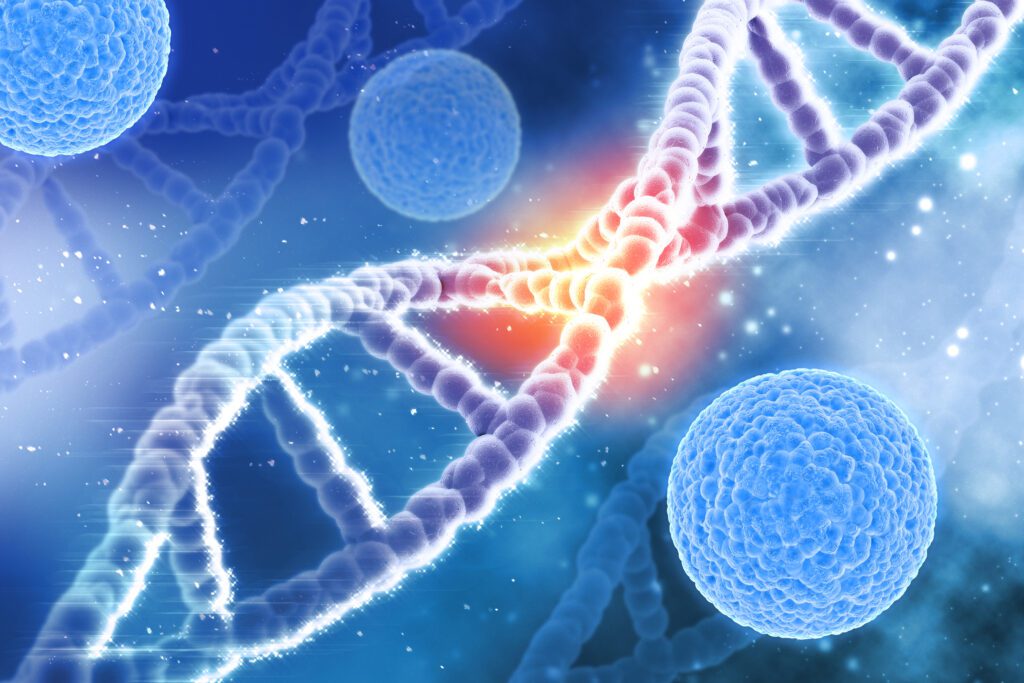Laura Claridge
Saugerties, New York, United States

I was relieved when the date arrived, and my husband, Dennis, moved me into my next month’s home on the eighth floor of Memorial Sloan Kettering, where we both marveled at the difference between this unit and neuro-oncology, one floor below. No noise, no voices reverberated off the walls; all was, in fact, eerily silent. I should have been suspicious—at least I should have wondered at the “compression door” to my room that seemed to “open wrong,” but in fact further excluded any germs coming my way. Instead I exhaled in relief: this would be easy, even a kind of holiday. I loved solitude, and I had so many books I wanted to read, loaded conveniently onto my Kindle. I could also work on some assigned writing pieces with a deadline, using my mini laptop. For my needs, this was a perfect setup, if I approached it properly. I felt a bit smug: this was pretty cool after all.
What it took me some time to understand was the special nature of an autologous stem cell transplant for primary CNS lymphoma. Autologous means from the self. I was my own stem cell donor. I had no matches, no relatives who popped up with identical blood type and marrow. It was up to medical innovations and my own cells to save me. I was to be blasted with a trio of chemotherapy agents able to pass through the blood-brain barrier, but not ordinarily available for treatment-as-a-threesome owing to their combined viciousness: busulfan, thiotepa (mustard gas related), and cyclophosphamide (also a nitrogen mustard alkylating agent).
I could risk receiving these killers, including the derivatives of World War I’s infamous gas, because my uncontaminated stem cells were stored in a freezer. They would eventually replace my currently circulating blood that was being saturated with chemotherapy agents. The process of collecting and then freezing and finally thawing those stem cells had been fascinating and almost beautiful to observe—from a port in my bloodstream, the elements were transferred to a glass container, in which they were stirred, spun, and separated. The effect was of watching a blender create a strawberry parfait, a sort of Slurpee. The blood we’d collected with the help of Mozobil and company was slowly thawed for a few hours, looking in the process like the Slurpee, and soon I was given a transfusion of my previously frozen blood, swarming with stem cells. But watching this scientific transformation was the last pleasant moment.
The actual stem transplant made me feel as if a beast were assaulting me, and I wasn’t strong enough to fight back. I felt as if I was being murdered, and in a sense that was accurate. I had to almost die to be reborn, with a healthy, cancer-free brain.
Though previous hospital stays weren’t pleasant—chemotherapy rarely is—nothing had prepared me for the stem cell transplant. When, after nine days, my white blood cell count showed I was as low as I could go, I was told I was at ground zero, my “second birthday.”
That meant I could be reborn. It also meant I could not survive outside this sealed room or if I somehow sickened from any number of complications or was somehow infected despite all the precautions. What I didn’t know then was how close to dying it would bring me, and how my life, if I survived, would be altered.
Friends who’d undergone a transplant to treat leukemia described theirs as boring but not unbearable. What they and I forgot was this difference: brain cancer means mega blasts of toxins necessary to get past that ordinarily salvific blood-brain barrier. Not all stem cell transplants are equal, it turned out. Before long, I was so sick, I was sure I was dying. Statistically, I was in a category that I would die. There came a dark night when the medical team was sure I could not last till morning.
The doctors summoned my family, and my children and Dennis were told to say their goodbyes. Dennis has since told me that I looked like an infant in a crib, small, curled up. He refused to say goodbye. Instead he said:
“You’re going to live. That’s just the way it’s gonna be, baby.”
That was twenty years ago today—and I’m still celebrating my second birthday. Bacteria could not pass through the sealed door of the stem transplant room but love could.
LAURA CLARIDGE has written four mainstream-published biographies, two about artists: Tamara de Lempicka and Norman Rockwell; and two about celebrities in the literary world: Emily Post and Blanche Knopf. She has been a frequent writer for national press, such as Wall Street Journal, Vogue, L.A. Times, and the Christian Science Monitor. Her work has also appeared in Volume 1 Brooklyn. A PhD, Dr. Claridge has been awarded an NEA grant and the J. Anthony Lukas Prize. She has appeared on the Today Show, NBC, CNN, and NPR. You can learn more at her website: lauraclaridge.com.

Leave a Reply